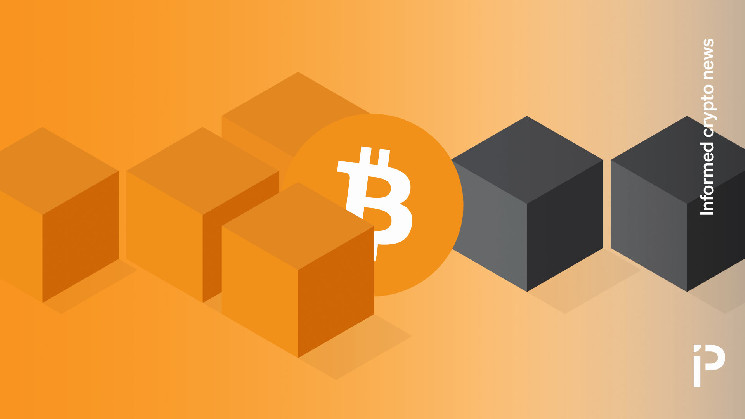Satoshi likely launched 51% attack on Bitcoin during early days
 protos.com 03 October 2024 10:12, UTC
protos.com 03 October 2024 10:12, UTC According to new research, it’s likely that Satoshi Nakamoto conducted a 51% mining attack on the network in its first year of existence.
An in-depth data review of 2009 blocks mined by Patoshi — a nickname for a frequent miner who embedded a non-standard use of ExtraNonce within coinbase transaction data — suggests it’s very likely that they used hash power to reorganize Bitcoin’s blockchain.
In other words, as Bitcoin historian Pete Rizzo explained, when Patoshi occasionally took breaks from mining, their computer restart was “so powerful that the miner [Patoshi] simply overwrote blocks found by other miners in their [Patoshi’s] absence.”
A 51% attack is exactly what it sounds like — achieving 51% control of the Bitcoin network, measured by hash rate, to overpower other miners and regain control of new transaction confirmations.
Patoshi — a portmanteau of ‘pattern’ and ‘Satoshi’ — was mining in 2009 when it was extremely likely that Satoshi Nakamoto owned the only computer connected to the network. This has led many people to conclude that Patoshi and Satoshi were the same person.
More detailed analysis by Wicked Smart Bitcoin this week that builds on Lerner’s research also suggests that Patoshi probably conducted a 51% mining attack during 2009.
Because Bitcoin has always been a proof-of-work (PoW) blockchain, whichever miner works the hardest earns the right to mint coinbase rewards and add transactions to the ledger. During Patoshi’s breaks from mining, no other miner completed enough hashing work to prevent them from returning and taking back control.
Satoshi’s ‘51% attack’ was an attack in name only
It is important to note that bitcoins had no value in 2009, so the attack was a stress test and not for financial gain.
Although the actions of Patoshi, who was likely Satoshi, meet the definition of a ‘51% attack,’ that term is a poor characterization of what occurred. Again, because bitcoins had no financial value at the time, the conduct was simply for research purposes or inadvertent.
Indeed, Satoshi had one of the only computers connected to the Bitcoin network in early 2009 during these blockchain reorgs. Among other research pursuits, Satoshi also seemingly tested the Bitcoin network’s Difficulty Adjustment by varying hash power contributions in 2010.
All of these actions occurred while bitcoins were free. To be clear, miners could earn coinbase rewards for mere pennies worth of electricity, and Martti Malmi gave away 30,000 bitcoins via a free website ‘faucet’ throughout 2010.
Read more: High severity bug in Bitcoin Core affects 17% of full nodes
So while it might be true that Satoshi carried out a 51% attack on Bitcoin, it would have yielded no immediate financial gain. To this day, Satoshi has sold nearly zero of the 1.1 million coins mined during the first two years of the currency’s existence.
As Wicked Smart Bitcoin summarized to Protos, “While Satoshi shepherded Bitcoin through its first year of existence, it looks like he may have conducted some real-world stress tests such as the reorgs in May 2009 and purposefully orchestrated downward difficulty adjustment in May 2010.
“None of these acts seemed malicious in nature but were rather to check the integrity and robustness of the system he had built.”




